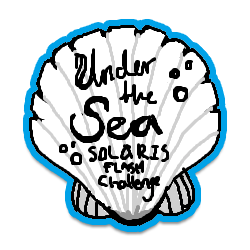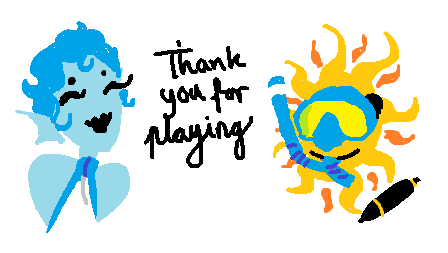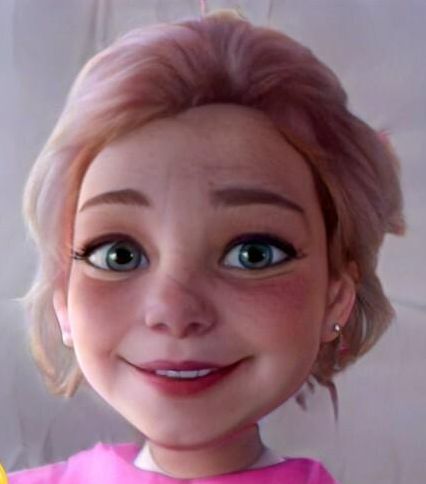Britl is a species of tree composed of multicotyledonous stems, each with one leaf, that intertwine above the ground, resembling a knotwork. This gives the individual stems a better hold in stronger currents.
About seven to ten dark blue stalks sprout from a cone tuber and reach a maximum length of two meters. Light blue leaves that are 50 cm to one meter long grow at the ends of the stems and reach below the water surface. Here they can optimally use the sun, which penetrates through the surface, for photosynthesis.
The juice from the stalks is extracted by the water people Qírīrī for alcoholic beverages or to make medicines. The leaves are used for coloring.











That's such a clever use of the map feature, it works so well to convey what these biome looks like and how different creatures interact with it! You've painted such a pretty picture with these knotted trees under the surface, the blue quartz soil, and the pink/purple drop coral. Sounds like a gorgeous place to row a glass canoe through.
Speculative-Fiction Writing
Thank you for your lovely comment. I wish you a nice day.